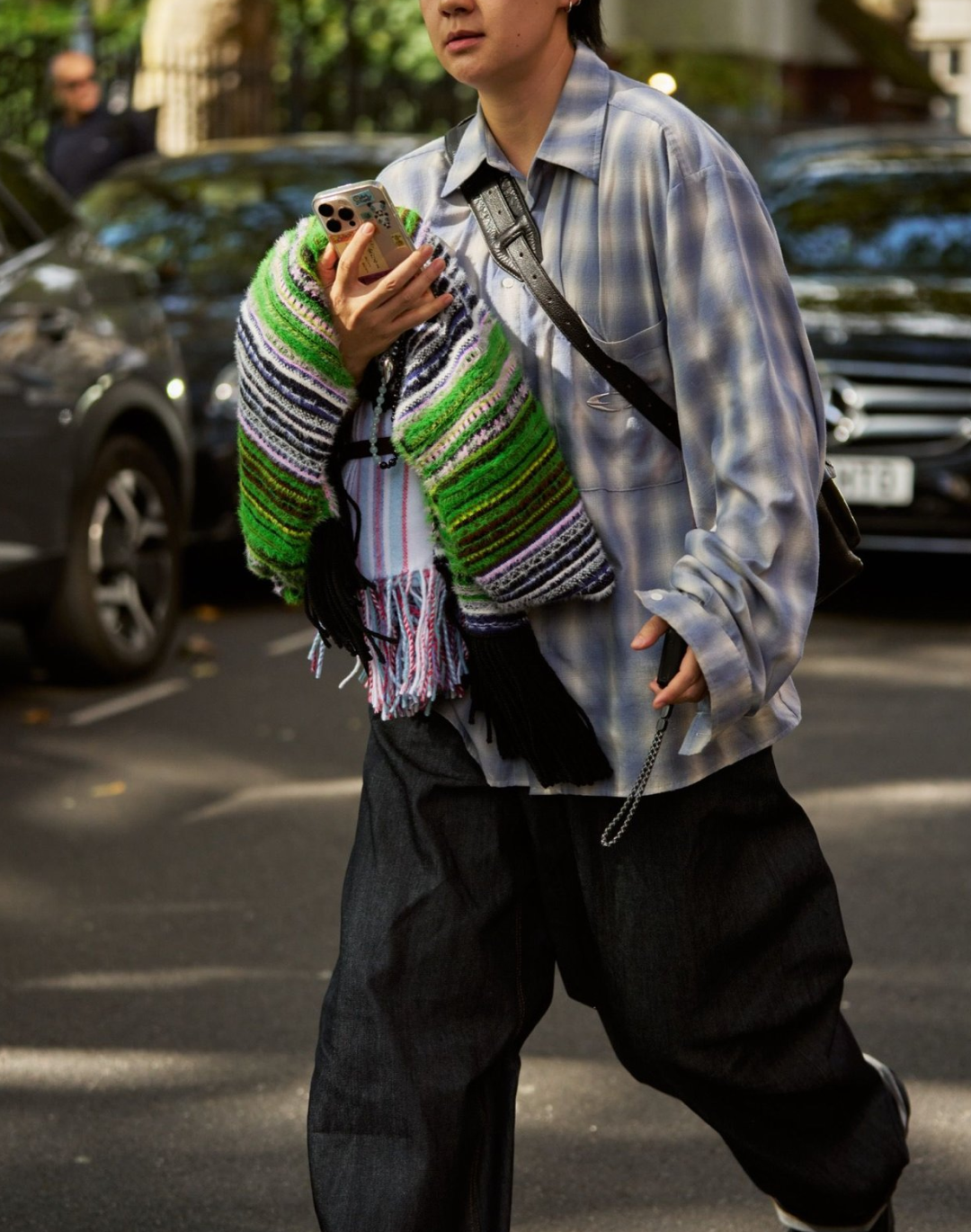
Are vertical TV series to watch on smartphones the next big thing? In China, they are now an integral part of the audiovisual offer
In China, vertical series designed for smartphone viewing are transforming the national audiovisual market from within, so much so that many production companies in the country have started investing in this format. Apps like ReelShort, DramaBox, ShortTV, SerialPlus, and FlexTV now offer very short series designed to be "mobile-first," meant to be watched without investing too much time and attention. The number of episodes typically ranges between 20 and 100, but the episodes can be less than a minute long. The brevity of the individual clips allows for series to be shot in just one week, keeping production costs very low—albeit at the expense of quality. These dramas have a very fast pace, with frequent punchlines, and are intentionally cheap: usually, the protagonists are young, attractive, and wealthy, with tumultuous love affairs characterized by scandals, betrayals, and jealousies. Often, even the titles—such as "Married for Green Card, Stayed for Love"—are generated by artificial intelligence. Despite the soap opera style, the vertical series market in China exceeded $5 billion in 2023, with estimates suggesting it could reach $13 billion by 2027. For instance, ReelShort, among various types of paid plans it offers, allows users to purchase specific "coins" to access individual episodes of a series—watching an entire series can cost between $20 and $40. However, the goal of such apps is to export this entertainment model abroad, as it has been successful and is becoming increasingly popular in China.
Are vertical series here to stay?
@reelshortapp I never spent a single penny of yours. Keep the money! The Double Life of A Billionaire Heiress . . . . . #fyp #fypage #reelshort #reelshortapp #mustwatch #shortclips #tvclips #drama #dramatiktok #tv #tvseries #romance #couple #love #thedoublelifeofabillionaireheiress #tuesday #tuedsayvibes #tuesdaymood #tuesdaymotivation original sound - ReelShort
For a few days last November, TikTok was not the most popular product in the "Entertainment" section of Apple’s app store in the United States. ReelShort was ahead of the Chinese social network. The app offering low-quality vertical series to watch on smartphones has been available in the United States since August 2022 and has been downloaded by over 10 million users. Owned by a Chinese company based in California, the productions available on ReelShort are also finding success among Western audiences. Chinese entrepreneur Joey Jia, CEO of Crazy Maple Studio, the company that runs ReelShort, told the Washington Post that today the app's main market is precisely the United States. Specifically, the series are mostly targeted at American women between forty and sixty, looking for content primarily focused on love stories. However, industry experts do not believe that the vertical format will really catch on with Western audiences and see this apparent success as a passing trend favored by the "novelty factor".
Indeed, in Western serial production, other choices have been made over the years, including trying to replicate the complexity of cinema: in terms of production and quality, the most virtuous examples see certain series episodes conceived as small films. Additionally, the most successful series episodes in the West are anything but short: they usually last more than an hour, and for this reason, the audience avoids viewing them on smartphones. But the vertical cut of series produced by companies like ReelShort is not just a different framing: on the contrary, it brings with it a series of stylistic choices that have rather obvious effects on the content. For example, to show multiple moments simultaneously, the screen is often split in two, while transitions between scenes frequently use animations reminiscent of cartoon styles. Vertical TV series, essentially, have unique and unusual characteristics compared to the traditional TV format, to the extent that the expression "vertical drama" is used to define them. For this reason, experts believe that they will not significantly impose themselves on the general public, which in the United States and Europe has a certain degree of cinematic literacy.
Where the vertical video format comes from
@mushy.taki One of the best chinese dramas Ive watched aside from Love 020 and the kings avatar #greenscreen original sound - mushy.taki
The vertical format applied to videos has become widespread since smartphones became the main tool for consuming online content. Specifically, in China, it accelerated during the pandemic, when smartphones became the primary tool for many activities, including watching movies and series. Chinese users, in fact, have great familiarity with their phones and are used to using them for various tasks—from instant messaging to digital payments, from bureaucratic procedures to social media. It is no coincidence that the consumption of vertical series has taken off especially in Asia, where the spread of the Internet was late but very fast, significantly influencing how users interact with online content. Here, the web almost entirely skipped its "desktop phase" to go straight to smartphones, fostering a truly "mobile-first" approach to conceiving and consuming the web—and particularly video content. The first vertical TV series in Asia appeared in 2018, produced by Tencent Video, the streaming platform owned by the Chinese multinational of the same name, and today the Asian market and the Philippines are also very important for this type of product.
What the Quibi case teaches us
@bitofbusiness Replying to @wyedesign Quibi burned over $1 billion before crashing and burning in 6 months. The cautionary tale of one of Silicon Valley’s biggest tech prospects. #quibi #streaming #streamingwars #netflix #startup #siliconvalley Spooky, quiet, scary atmosphere piano songs - Skittlegirl Sound
In 2020, Quibi was launched in the United States, a streaming service where all content—lasting a maximum of 10 minutes—was designed to be watched on a smartphone. Quibi, whose name is derived from "Quick Bites," also focused on very short vertical videos to be watched on a mobile screen while multitasking. For this reason, the company invested in a new filming technique to produce its content, allowing it to be viewed both horizontally and vertically. Quibi managed to raise the equivalent of 1.5 billion euros to start its operations, thanks to investors like Disney and Sony Pictures, among others. The startup’s founder, Jeffrey Katzenberg—highly regarded in Hollywood for his work first at Disney and then at DreamWorks—had declared that Quibi was supposed to become for short videos what Google is for online searches. However, the project did not take off after just over six months, and the respective company was forced to shut down. According to Katzenberg, even though the service worked very well, it was probably the wrong time to launch it.
Quibi’s case was one of the very first experiments in this sense: nearly five years later (a long time in the tech world), the role of smartphones in consuming audiovisual products has become even more relevant, and it is not excluded that Western TV productions may now more seriously consider this format—learning from others' past mistakes. For instance, some Netflix users—about one in ten—watch catalog content through their smartphones, yet no major platform has had the courage to make significant investments in this direction. However, the times seem to be maturing for vertical video content to assert itself, thanks also to the development of 5G networks and increasingly powerful smartphones. As early as 2007, Steve Jobs, in presenting the first iPhone, showed how that new phone could support movie viewing—specifically, a clip from Pirates of the Caribbean. Five years later, conversely, director David Lynch harshly criticized this viewing mode in an interview: «If you watch a movie on your phone, you will never experience the film, not in a trillion years. You’ll think you’ve seen it, but you’ll be cheated. It’s a real sadness that you think you’ve seen a film on your f***ing telephone. Get real.» Joey Jia of ReelShort has a different opinion, believing that sooner or later streaming vertical video content will become a new parallel film industry.















































